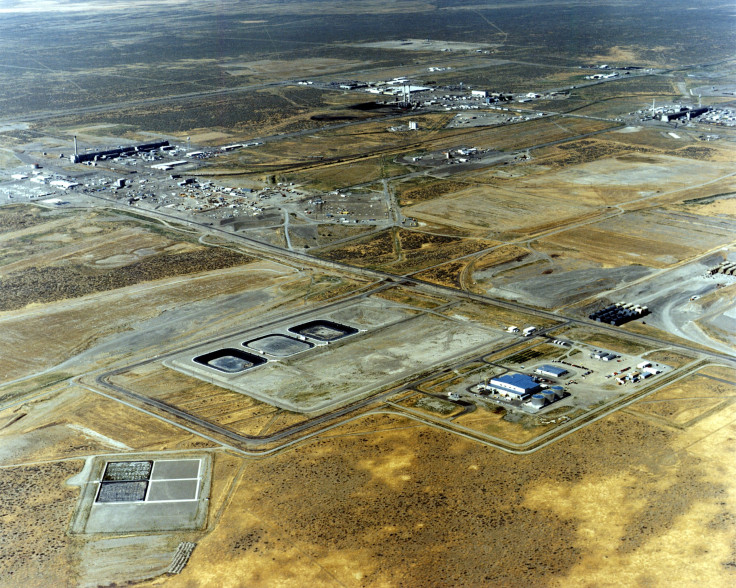Hanford Nuclear Waste Site Has History of Safety Issues, Whistleblower Retaliation Claims

An emergency at a sprawling nuclear waste site located near a major river in Washington state led federal officials to order hundreds of workers to take shelter Tuesday morning. The collapse of a tunnel at the Hanford Nuclear Reservation, located 170 miles southeast of Seattle, follows years of allegations of ignored safety concerns, whistleblower retaliation and obstruction of government investigations.
The Department of Energy declared an emergency situation Tuesday at the 586-square mile site after a tunnel used to house contaminated material collapsed. The agency said all personnel had been accounted for, and that it was evaluating whether any worker had been exposed to possible contamination, or if any "airborne radiological release," had occurred as a result of the 20-square foot tunnel collapse.
Statement on the incident at DOE's @HanfordSite: pic.twitter.com/zfZkQJyLhd
— ENERGY Press Staff (@EnergyPress) May 9, 2017
At around this time last year, Sen. Ron Wyden, D-Ore., renewed his warnings about what he said was Hanford’s “legacy of failed performance and retaliation against whistleblowers and workers who raise safety concerns.” Wyden's statement was a reference to past government reports about alleged problems at the facility, which opened in 1943 and produced plutonium for the military during World War II.

In 2014, for instance, then-Energy Secretary Ernest Moniz requested the department’s inspector general investigate the firing of Donna Busche, the site’s manager of environmental and nuclear safety, by URS Energy and Construction Inc., a subcontractor building the vitrification plant at the Hanford site. Busche’s firing followed the termination of a colleague, Dr. Walt Tomasaitis, who claimed he was fired for raising safety concerns.
"We raised technical issues and have received harassment, retaliation," Busche told CBS News in October 2013 after Tomasaitis was fired. "The fact that he was terminated, it sent a resounding message to me, right? And heightened my sense of awareness that I was probably next."
At the time, the government’s inspector general Gregory Friedman said that Bechtel, the contractor on the site, and subcontractor URS, “could not provide access to several thousand contractor-generated emails and other documents” that Friedman said were necessary to conduct the investigation.
In 2015, a separate report from the Government Accountability Office found the Energy Department has spent $19 billion over 25 years to clean up the radioactive waste at the site and the agency has little to show for it. The waste was supposed to be turned into glass logs and moved into permanent storage in 1998, but that date would later be pushed back to 2032.
Most recently, Washington’s congressional delegation urged the new Trump administration to make cleaning up the state a “high priority” and the state’s two U.S. senators asked the agency to expand its investigation into chemical vapors at the site.
“We have heard concerns from Hanford workers and labor unions about... inadequately addressing workers compensation claims following vapor exposures,” Sen. Maria Cantwell and Sen. Patty Murray, both Democrats, wrote in a March letter. “Multiple accounts of workers compensation claims being dismissed on arbitrary grounds, tactics bordering on intimidation, and actions taken to discredit claims have been shared with us.”
© Copyright IBTimes 2024. All rights reserved.






















